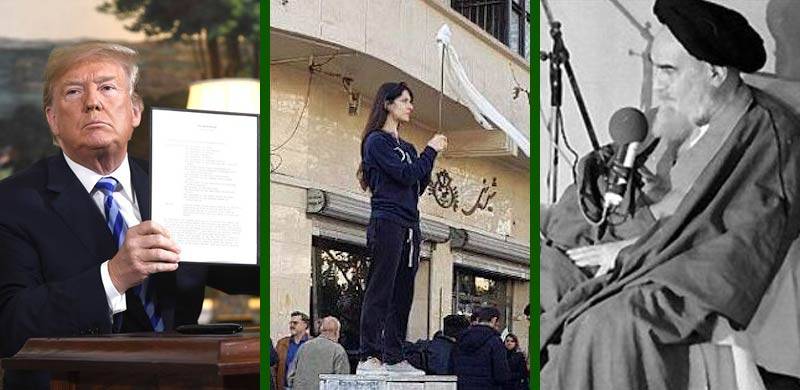
Nadeem F Paracha explains the evolution of Iranian society and politics post-1979 revolution.
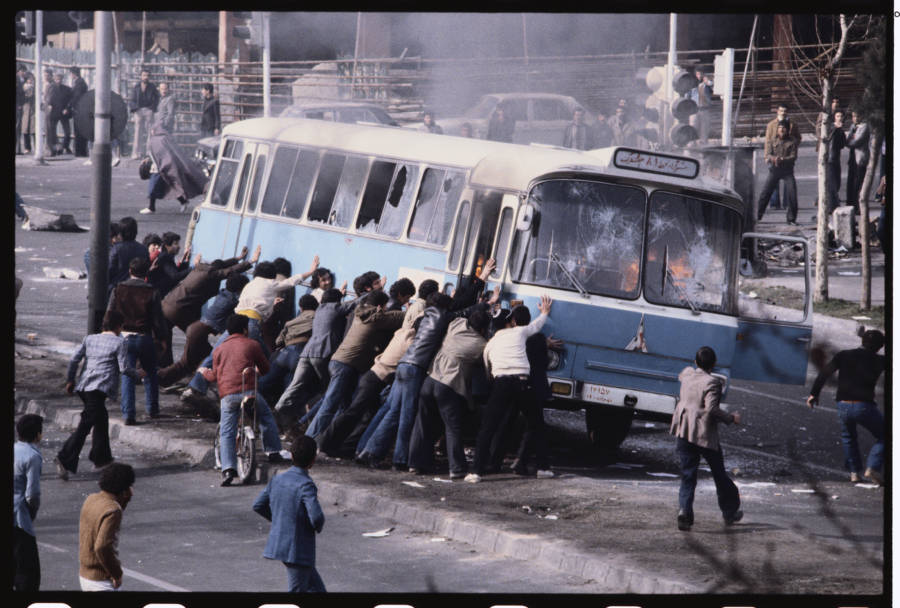
January 1978: The first major protests against the Shah’s regime erupt in Iran. Tensions had been brewing between the state and various anti-Shah segments, especially in crowded urban centers. These segments included the clergy that was largely supported by merchants, shopkeepers and the ‘petty-bourgeoisie;’ liberal democrats; and Marxists.
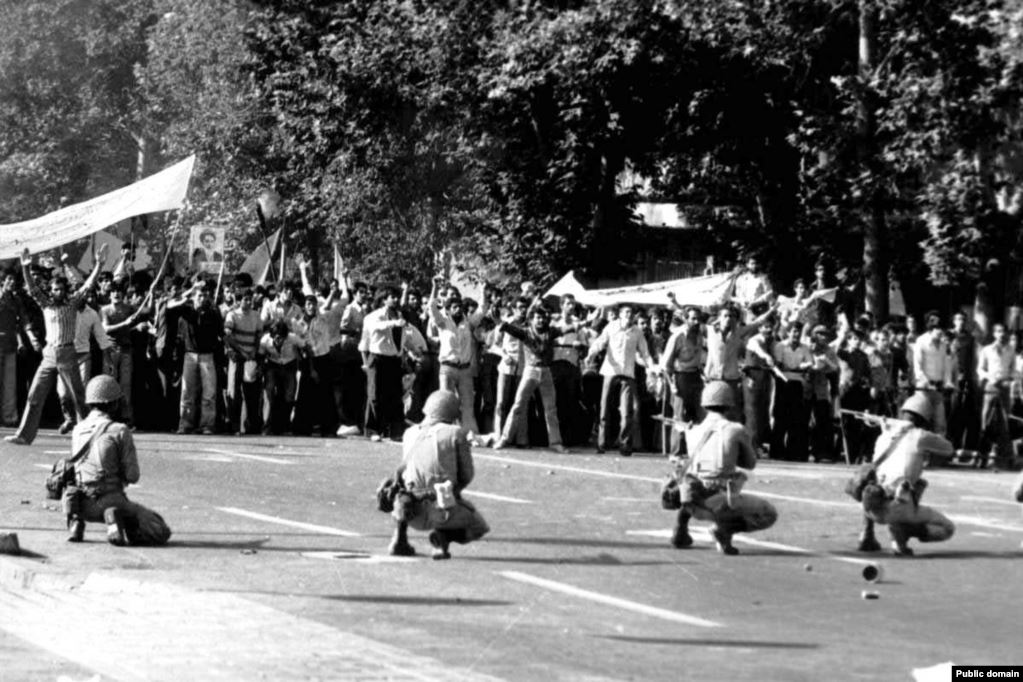
September 1978: Soldiers gun down 88 protesters in Tehran.
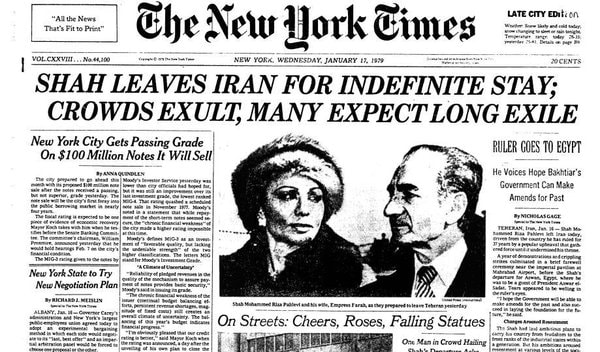
January 1979: As anti-Shah protests intensify, the Shah leaves the country with his wife.
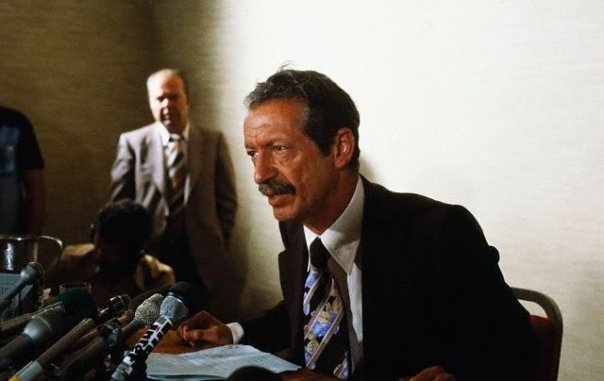
January 1979: On the day the Shah leaves the country, he appoints his former opponent, Shapour Bakhtiar as Prime Minister. Bakhtiar, a social-democrat, tries to curb the possibility of the communists and the clergy taking over the government. He dissolves the notorious Iranian intelligence agency, the SAVAK, releases political prisoners, and promises to form a democratic government of ‘national unity.’
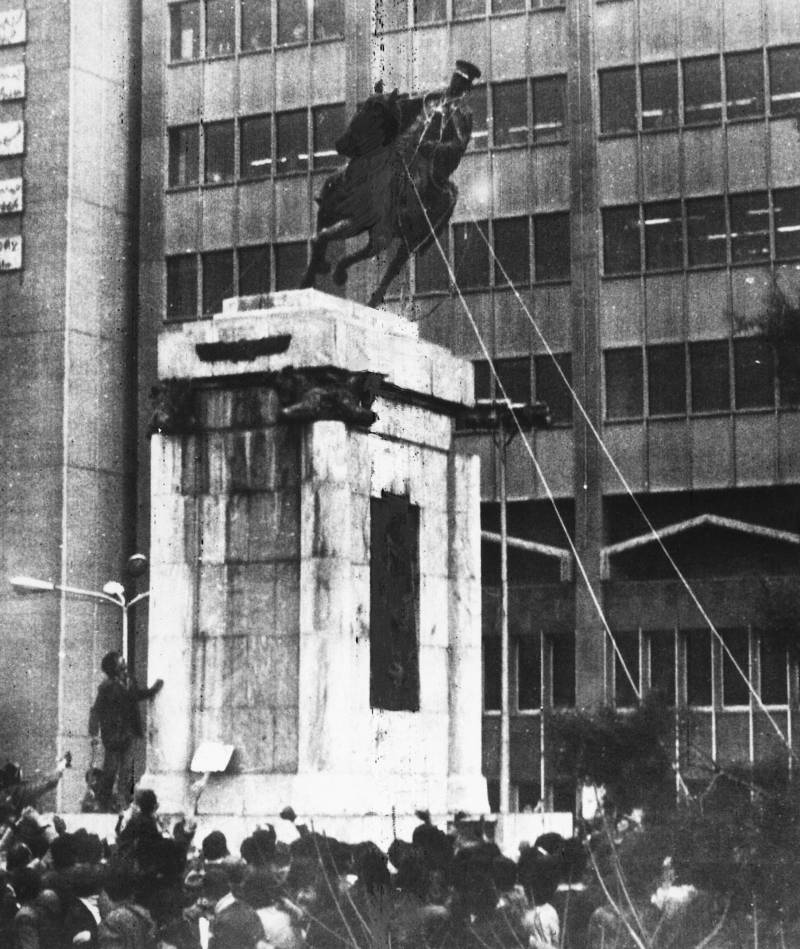
January 1979: The Shah falls.

February 1979: Iran’s foremost religious leader and a staunch opponent of Shah’s pro-US and secular monarchy, Ayatollah Khomeini, returns to Iran from exile. He is greeted by thousands of supporters in Tehran. He rejects Bakhtiar’s regime and announces, ‘I shall kick their teeth in …’
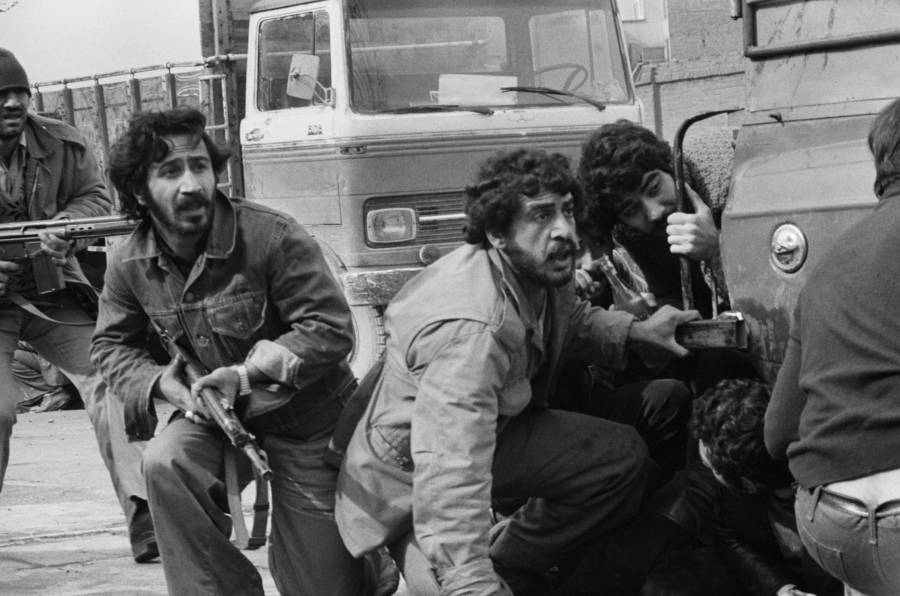
February 1979: Armed Islamic and communist militants fight pro-Bakhtiar forces on the streets of Tehran.
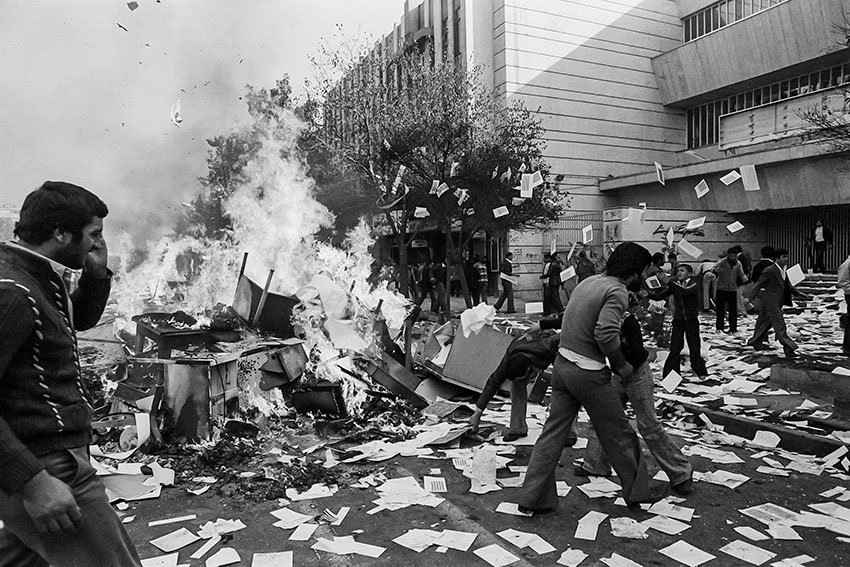
February 11, 1979: The Bakhtiar regime collapses when protesters storm and take-over various state and government buildings.
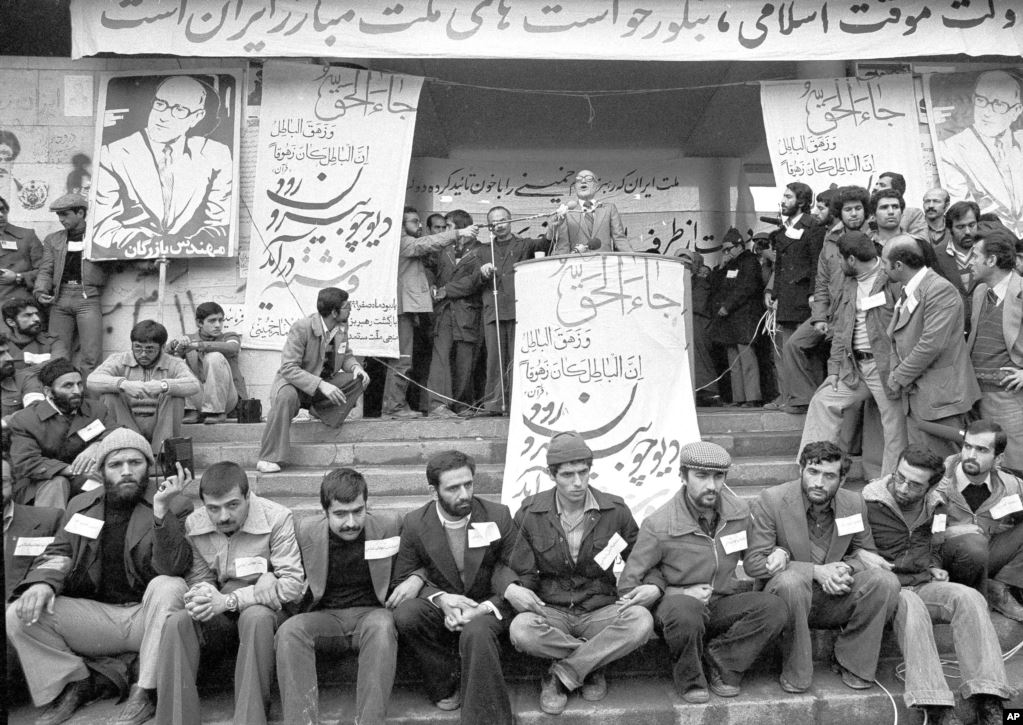
February 1979: Khomeini appoints a liberal supporter of his, Mehdi Bazargan, as the new prime minister.

March 1979: As the clergy, democrats and communists sprint to fill the vacuum created by the Shah’s departure and the fall of the Bakhriar regime, the pro-Khomeini clergy forms the Islamic Republic Party.
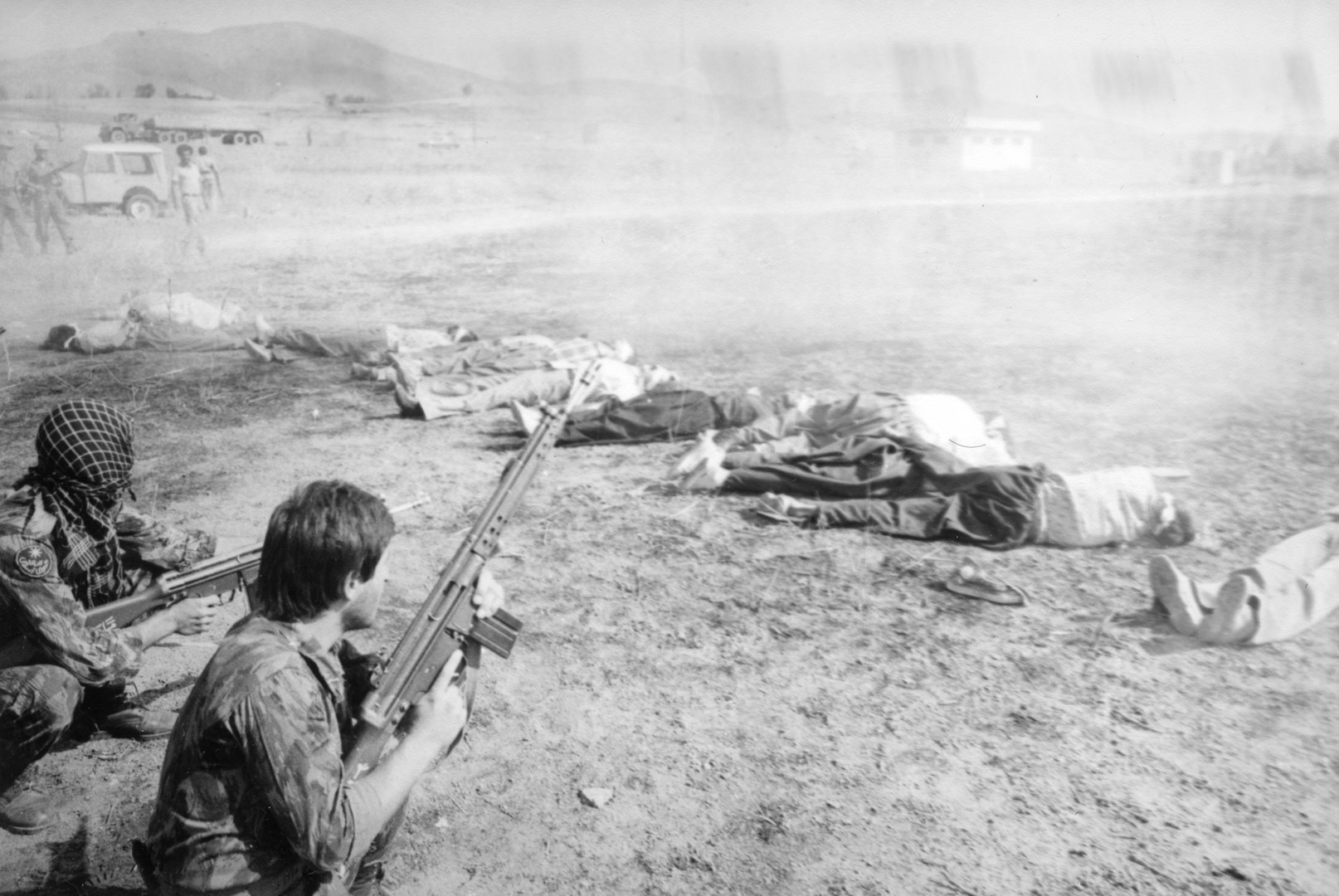
March 1979: Fighting breaks out between pro-Khomeini Shia and leftist Sunni militias in Iran’s Kurd-majority region of Sanandaj. The Sunni Kurds were demanding autonomy.
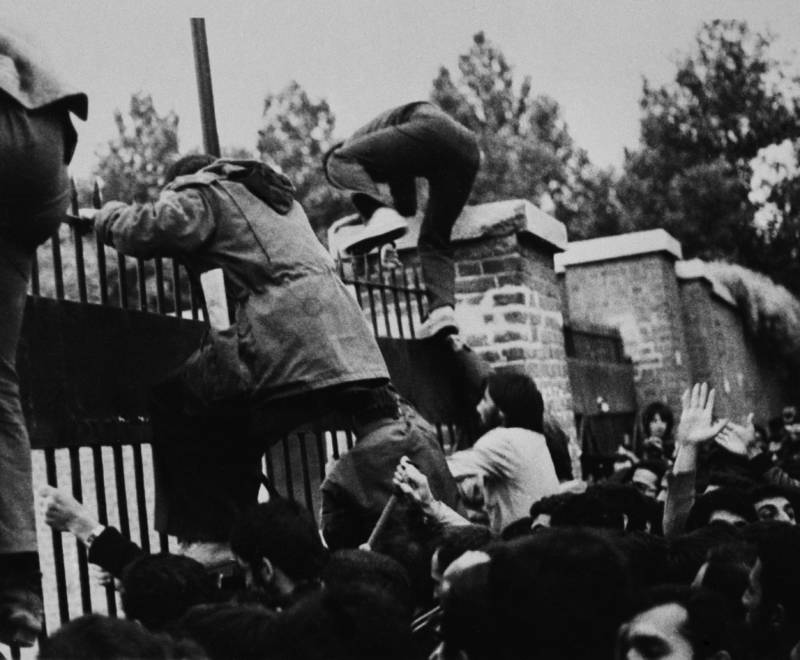
November 1979: Pro-Khomeini students storm the US Embassy in Tehran and take dozens of American civilians and staff hostage.
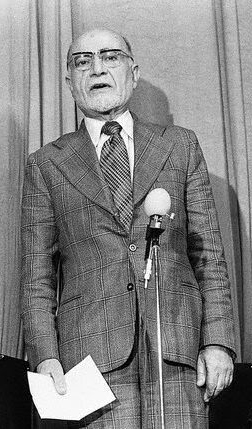
November 1979: Mehdi Bazargan resigns as PM.
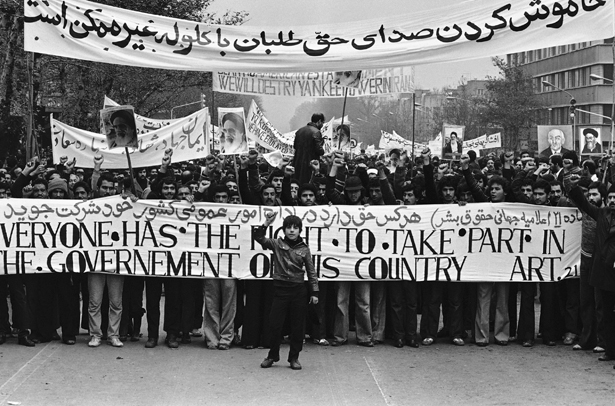
December 1979: Khomeini approves Iran’s new constitution that declares the country an Islamic Republic to be run on Sariah law. The document adopts a presidential form of government with Khomeini as vali-ye faqih (Guardian Jurist).
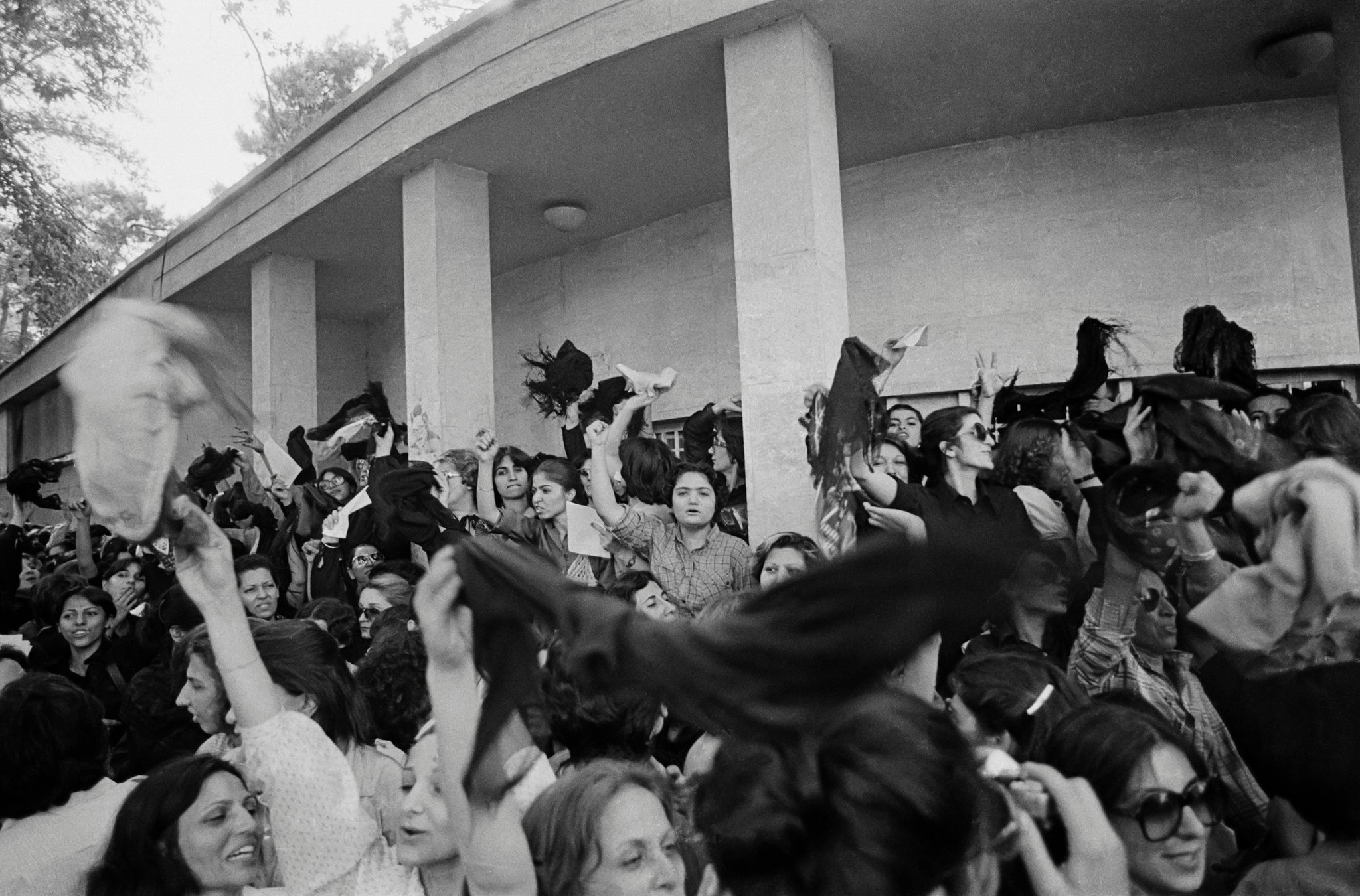
1979: Women belonging to secular and leftist groups that had taken part in the anti-Shah revolution hold widespread rallies against the forced wearing of the veil and the hijab.
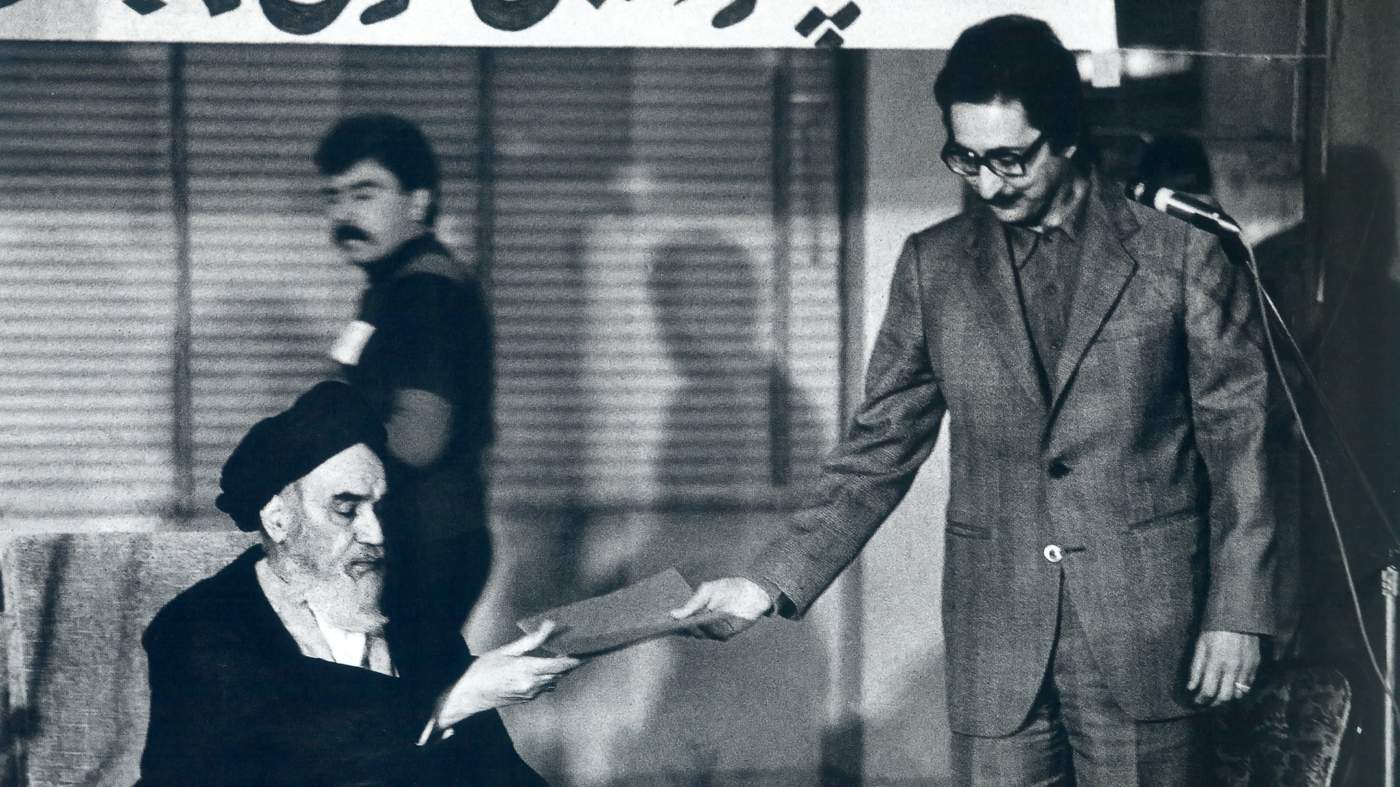
January 1980: Abolhassan Banisadr, a moderate, wins the first presidential election of the new Islamic Republic. He receives 78.9% of the popular vote.

March 1980: Khomeini orders a purge against ‘counter-revolutionaries’ in universities and colleges.
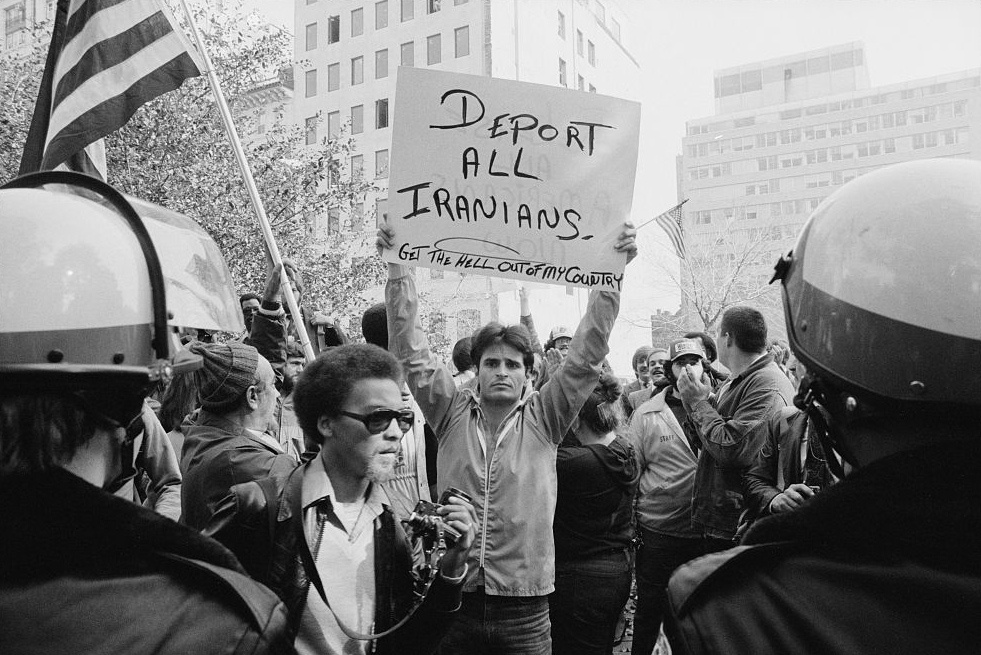
April 7, 1980: US cuts all diplomatic relations with Iran.
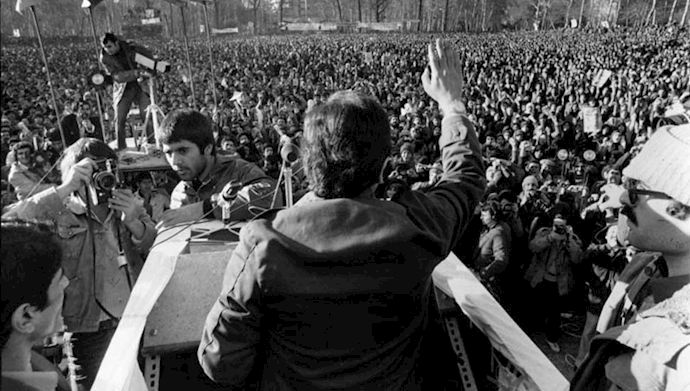
April 1980: 150,000 people attend an anti-Khomeini rally in Teheran. The rally is organized by leftist groups.
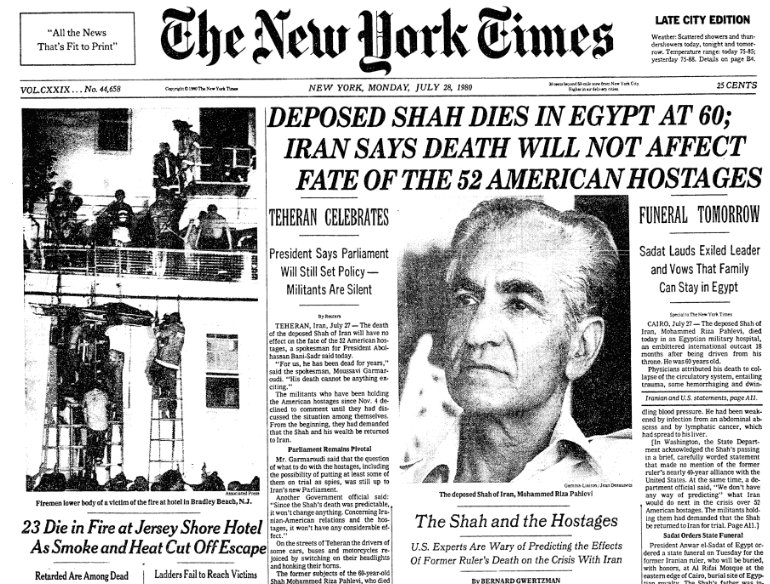
July 27, 1980: The Shah dies in exile in Egypt.
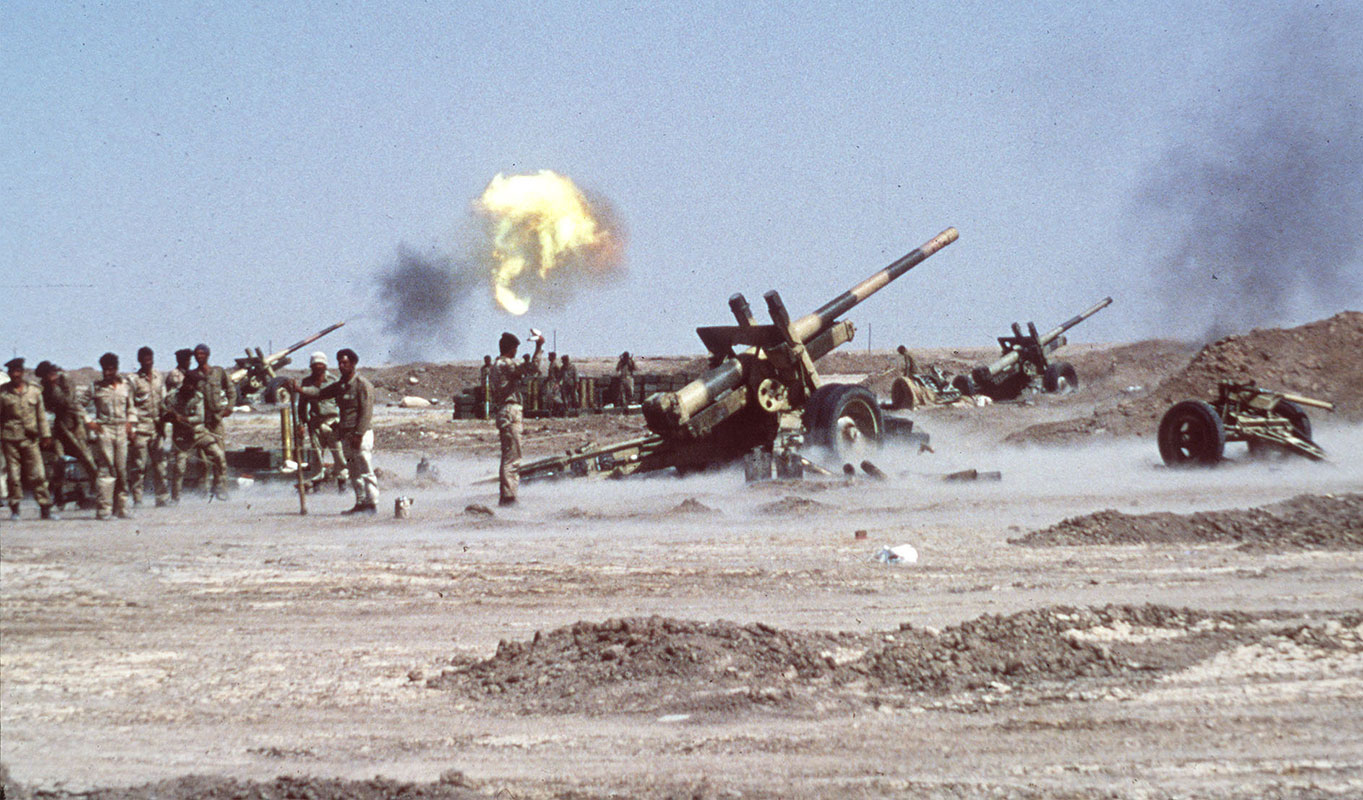
September 1980: With Iran in turmoil, Iraq attacks Iran starting the Iran-Iraq War.
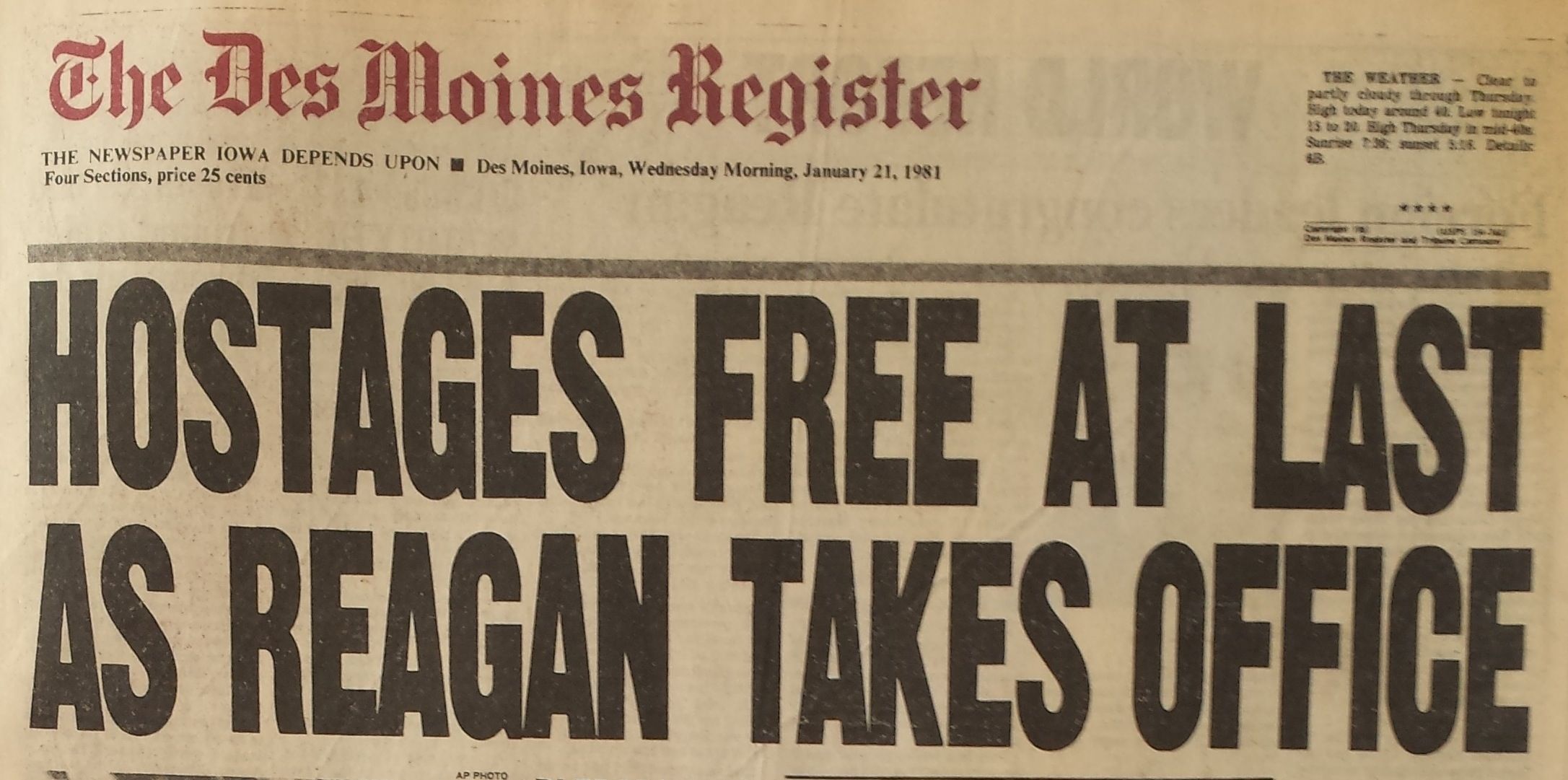
January 1981: After the US agrees to unfreeze Iranian assets worth $8 billion, Iran releases the 52 Americans that were taken hostage at the US Embassy in Tehran by Islamist students in November 1979.

April 1981: An anti-Khomeini rally at Tehran University organized by leftist groups is attacked by Khomeini supporters and members of Iranian Revolutionary Guard.

June 1981: President Abolhassan Banisadr turns against the clergy and asks people to topple Khomeini’s dictatorship. A few weeks later he is impeached by the parliament and dismissed by Khomeini. He escapes to France.
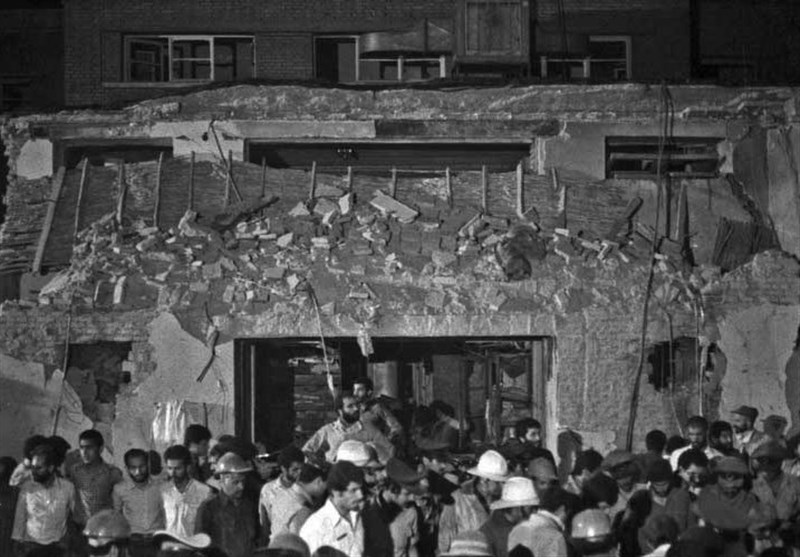
June 28, 1981: An explosion rips the headquarters of the pro-Khomeini Islamic Republic Party in Tehran. Over 80 people die. Khomeini accuses radical left-wing outfits.
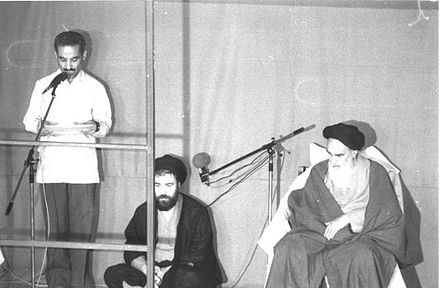
July 1981: The pro-Khomani candidate, Mohammad-Ali Rajai is elected as Iran’s new president. Rajai had once been associated with a left-wing group, but in the late 1970s he changed course and became a staunch supporter of Khomeini.
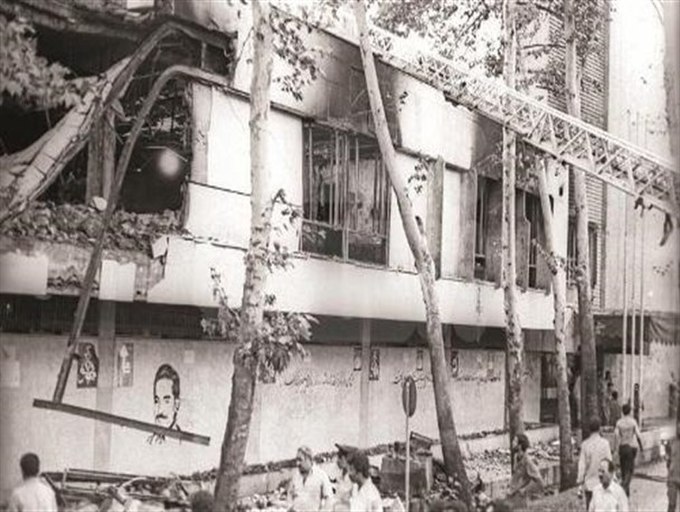
August 1981: President Mohammad-Ali Rajai is killed when a bomb explodes in the Prime Minister Building. The PM too is killed. The government accuses the left-wing Peoples Mujahedeen outfit.
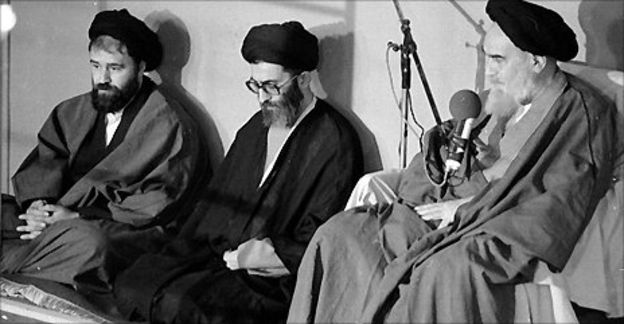
October 1981: Ali Khamenei (centre) is elected as Iran’s new president. He is the first cleric to become president.
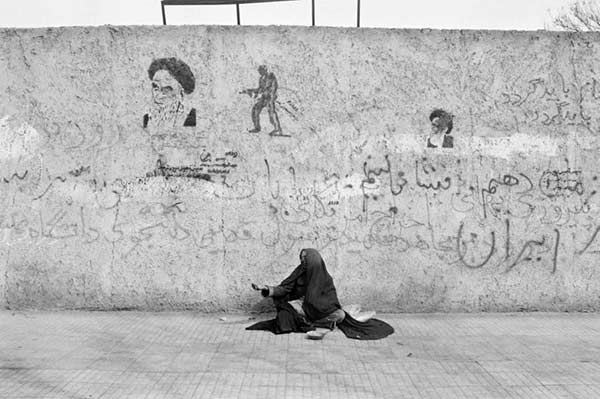
July 1988: The war with Iraq ends. Even though Iran was able to win back much of the territory that it had lost to Iraq, the war bankrupted the country. 220,000 Iranians were killed in the war.
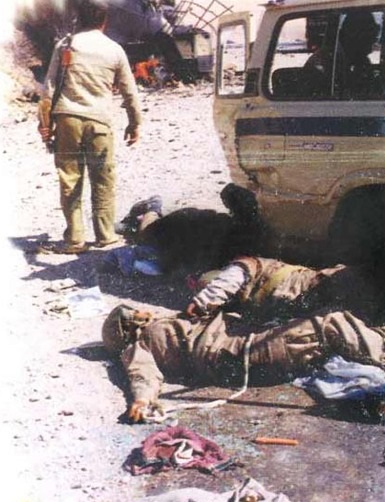
July 1988: An armed incursion to topple Khomeini by the left-wing Peoples Mujahedeen is beaten back by the Iranian Republican Guard.
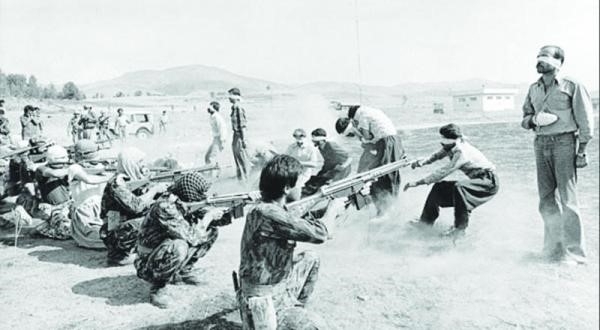
August-December 1988: The Iranian regime executes 4,482 political prisoners to eliminate all opposition.
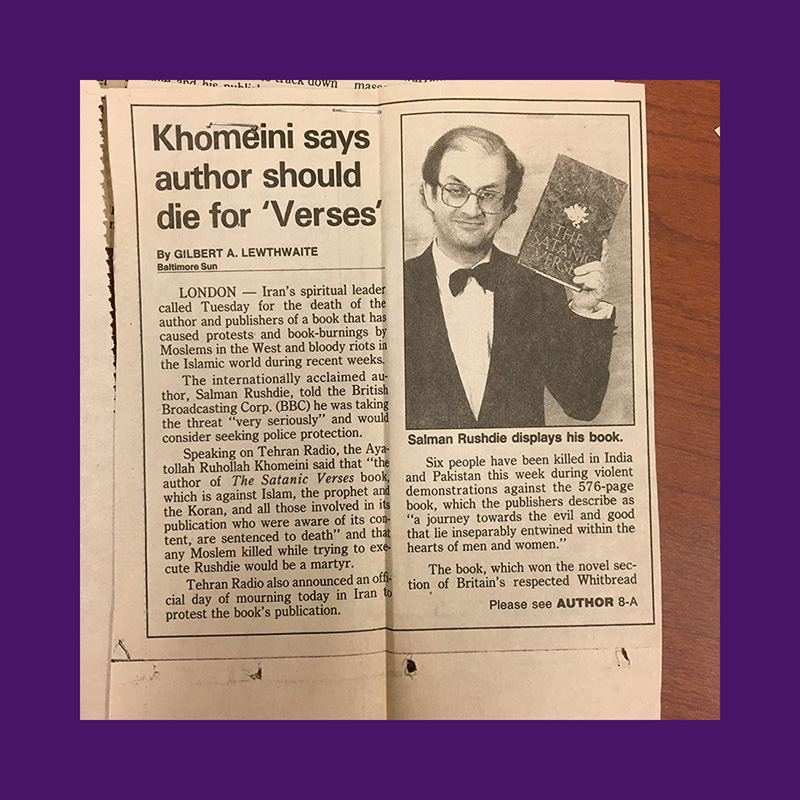
February 1989: Khomeini calls for the death of British author Salman Rushdie after accusing him of insulting Islam in his novel.
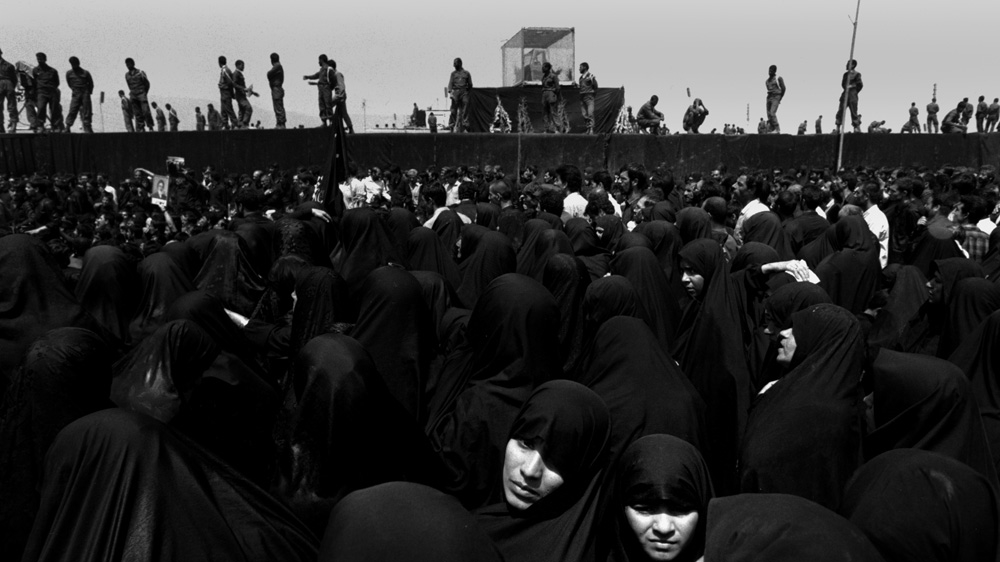
June 1989: Khomeini dies. His funeral is attended by thousands of people.
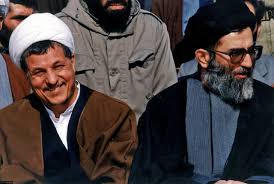
June-August 1989: Former president, Ali Khamenei (right) is made Iran’s new spiritual leader and Ali Akbar Hashemi-Rafsanjani is elected Iran’s new president.
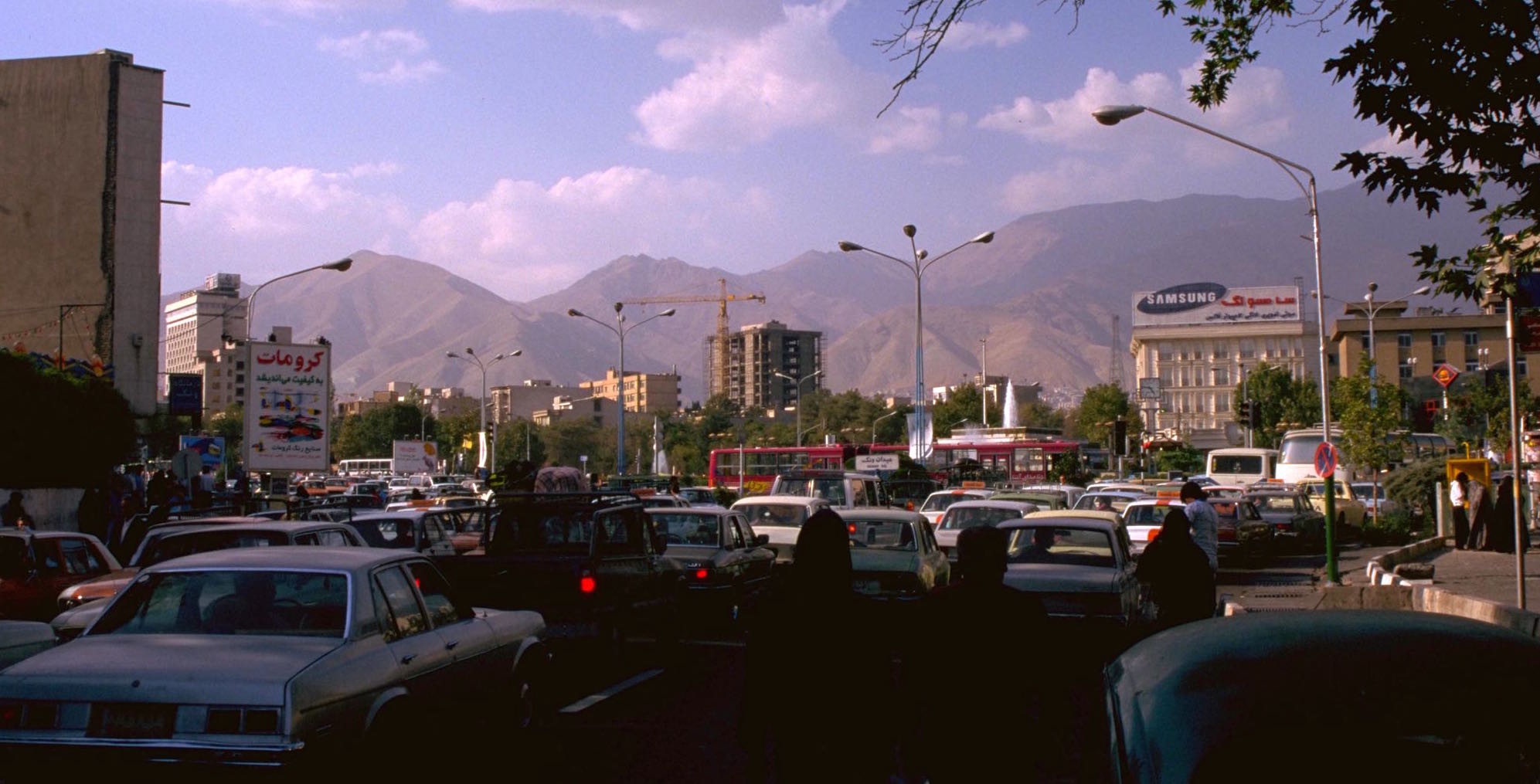
In the 1990s, Khamenei and Rafsanjani took a more pragmatic approach to repair Iran’s economy and relations with other countries. Both also loosened some laws enacted during the Khomeini era.
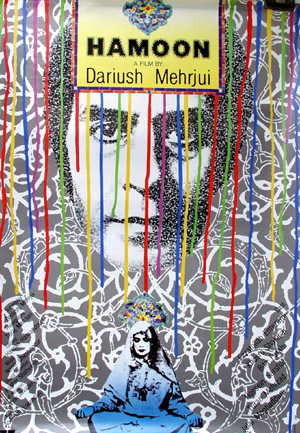
Iranian cinema began to flourish in the 1990s. To dodge the censors, Iranian filmmakers focused on realism and comedy. Iranian films won many fans among Europe’s art cinema enthusiasts.
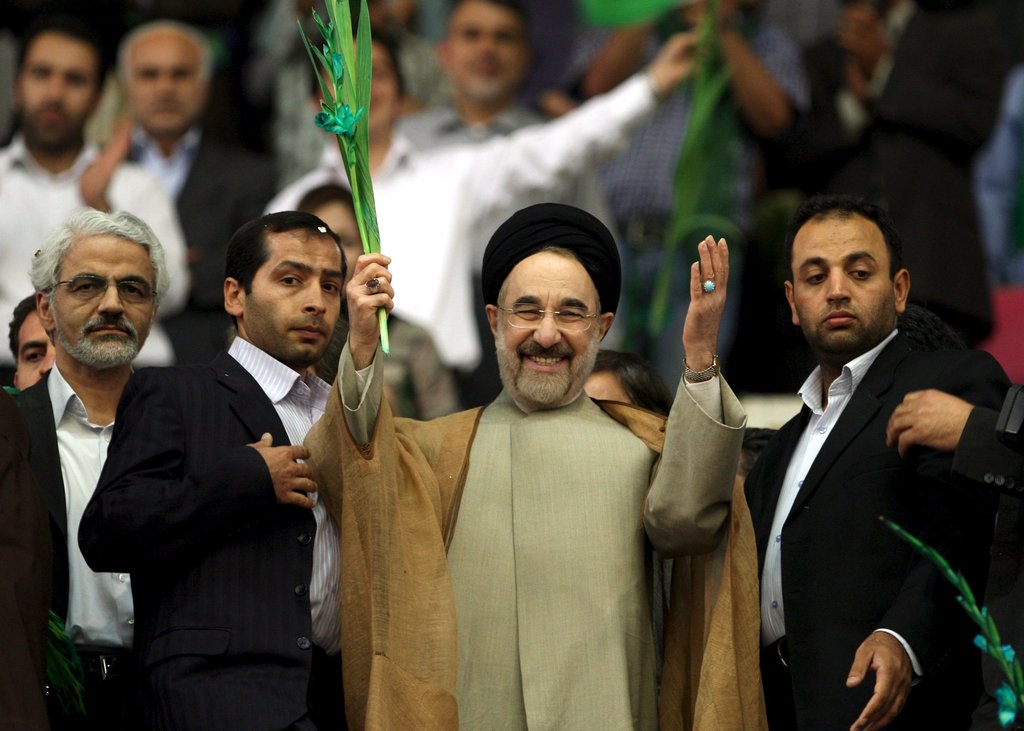
May 1997: The moderate cleric and reformist Muhammad Khatami wins the presidential election by receiving 70% of the total vote.
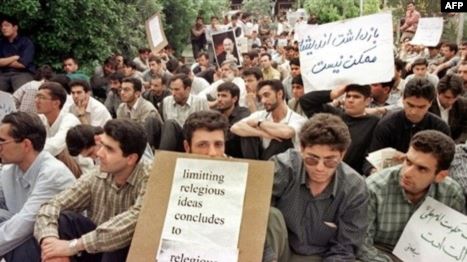
July 1999: Students at Tehran University hold protest rallies against the ban of the reformist Persian newspaper, Salam. Over 1000 students are arrested.
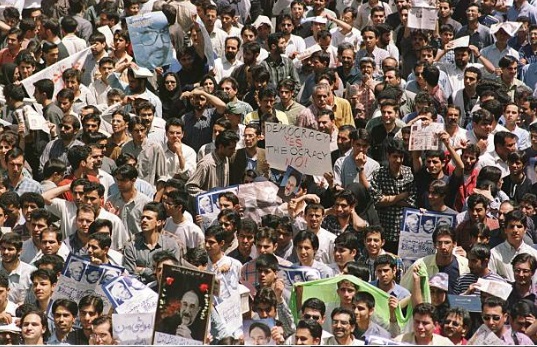
February 2000: Pro-Khatami moderates and reformists win a majority in the Iranian parliament. In 2001 Khatami is re-elected as president.
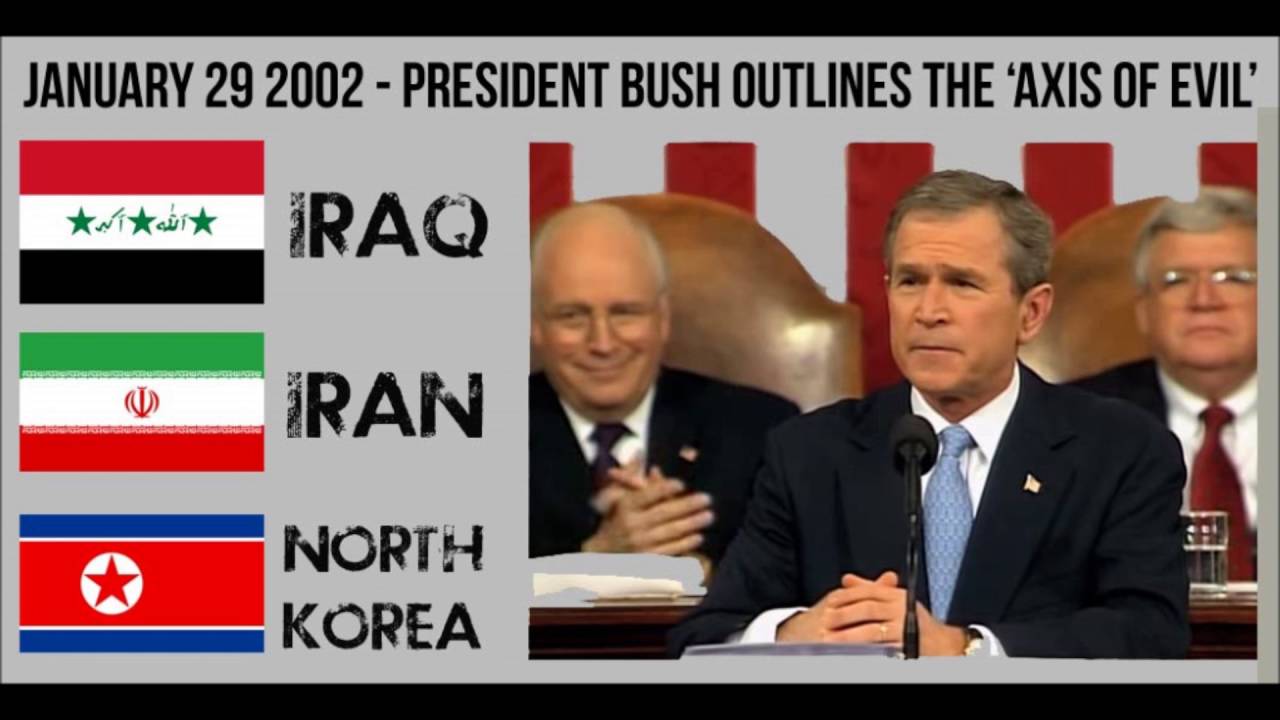
2002: US President George W. Bush describes Iraq, Iran and North Korea as ‘axis of evil.’ He accuses Iran of funding terrorism in the Middle East through ‘proxies’ such as Hezbollah and Hamas.

September 2002: Despite US protests, Russians begin to construct Iran’s first nuclear reactor.
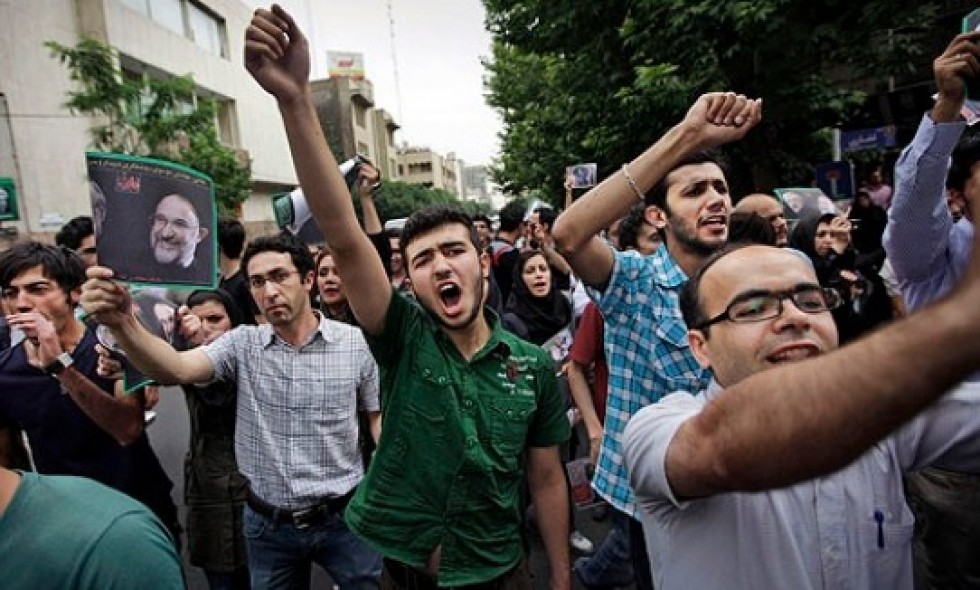
June 2003: Thousands of pro-Khatami students hold rallies against the religious establishment of Iran. Khatami was being pressurized by the establishment to roll back his reforms.
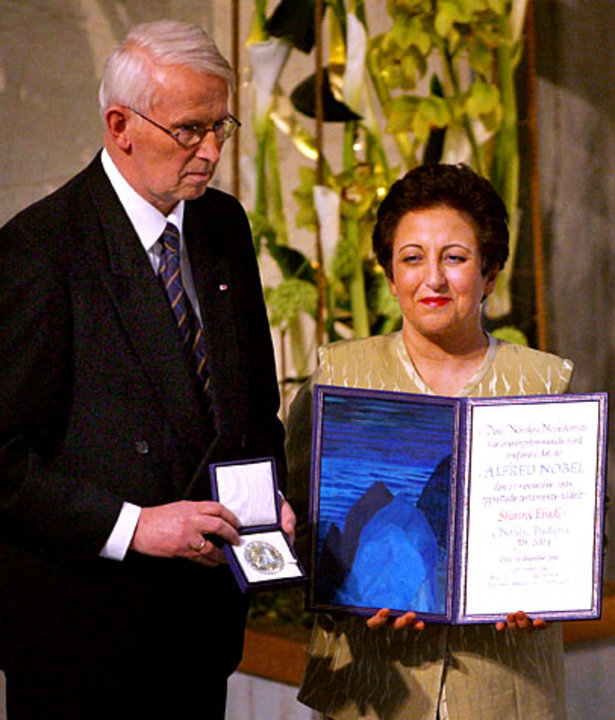
October 2003: Former judge and democracy activist Shirin Ebadi becomes Iran’s first Nobel Prize winner. She had risen to become Iran’s first woman judge in 1975 but was asked to relinquish the post after the 1979 revolution. She continued to live in Iran till 2009 after which she went into exile.
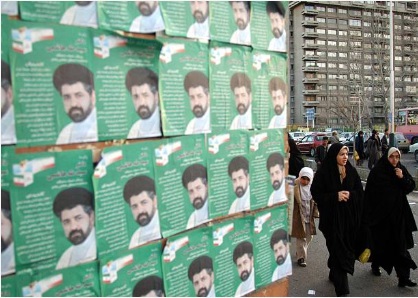
2004: After criticizing Khatami’s reforms, Iran’s religious and political establishment disqualify dozens of reformist and pro-Khatami candidates from contesting the 2004 legislative elections. Pro-establishment candidates manage to dislodge the reformists in the new parliament.
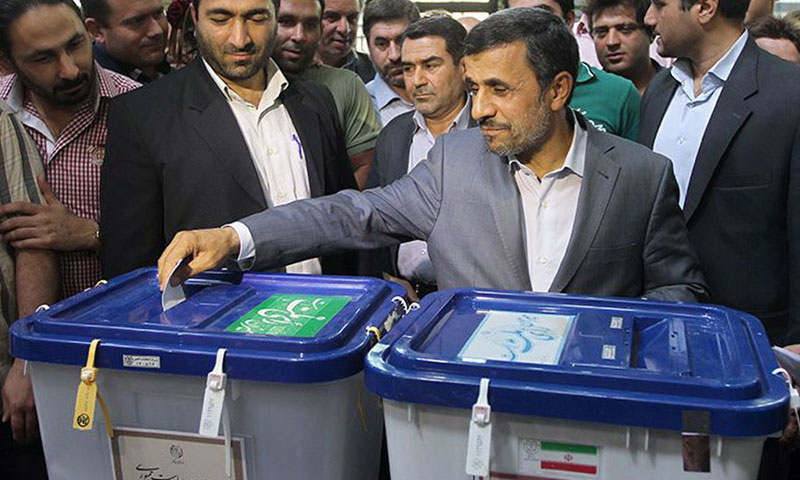
2005: Backed by Iran’s powerful religious establishment, the hardline conservative, Mahmoud Ahmadinejad wins the 2005 presidential election. He comes from a conservative working-class background and criticizes former president Khatami of trying to erode the ‘achievements’ of Iran’s Islamic revolution.

2007: US announces new economic sanctions against Iran. Asks UN to halt Iran’s uranium enrichment program.
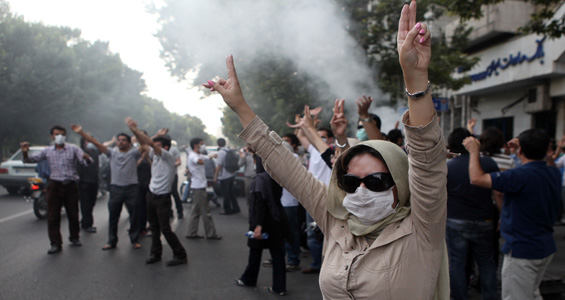
June 2009: Violent protests break out after Ahmadinejad is declared the winner of the 2009 presidential election. Reformists and supporters of his opponent Mir Hossein Mousavi allege that the election was rigged. 30 people are killed. Hundreds are arrested.
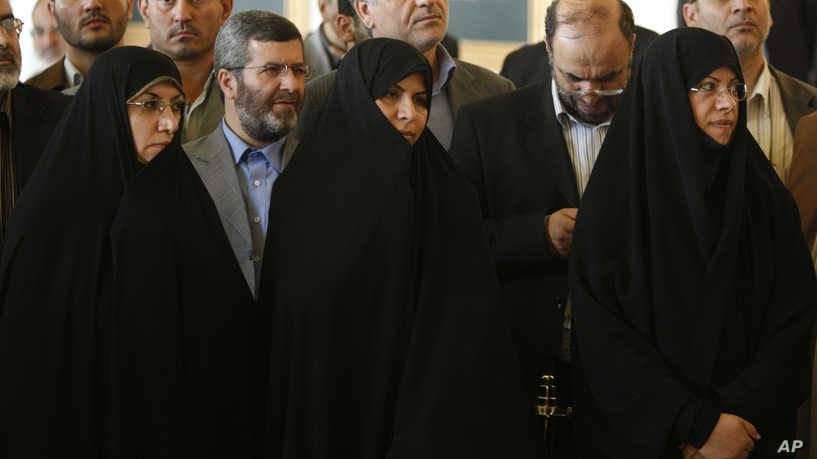
July 2009: To appease the protesters and soften his hardline image, President Ahmadinejad inducts women ministers in his cabinet. This is the first time women are made part of a government in Iran after the 1979 revolution.
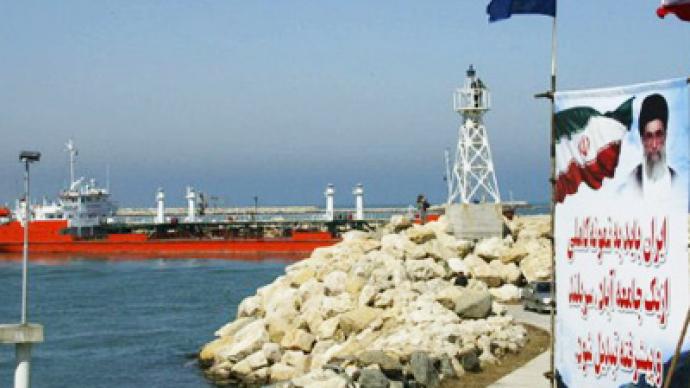
2012: European Union imposes a ban on the import of Iranian oil products. It asks Iran to halt its nuclear program.
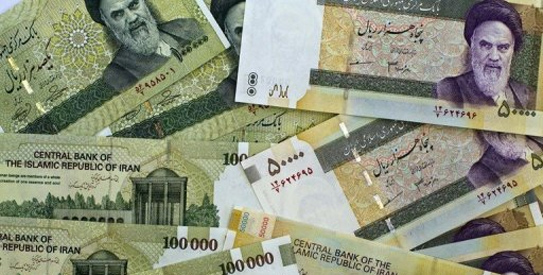
October 2012: Iranian currency plummets. Loses 80% of its value.
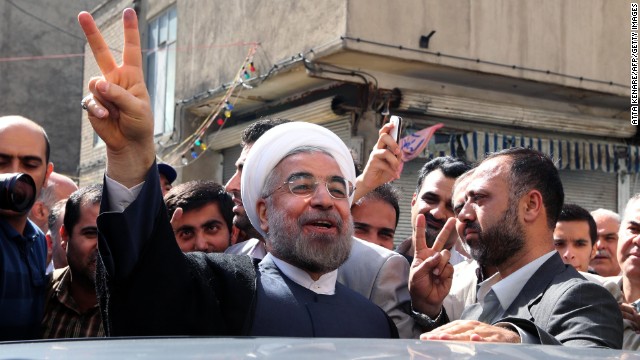
2013: The reformist cleric, Hassan Rouhani wins the 2013 presidential elections. Promises economic and social reforms.
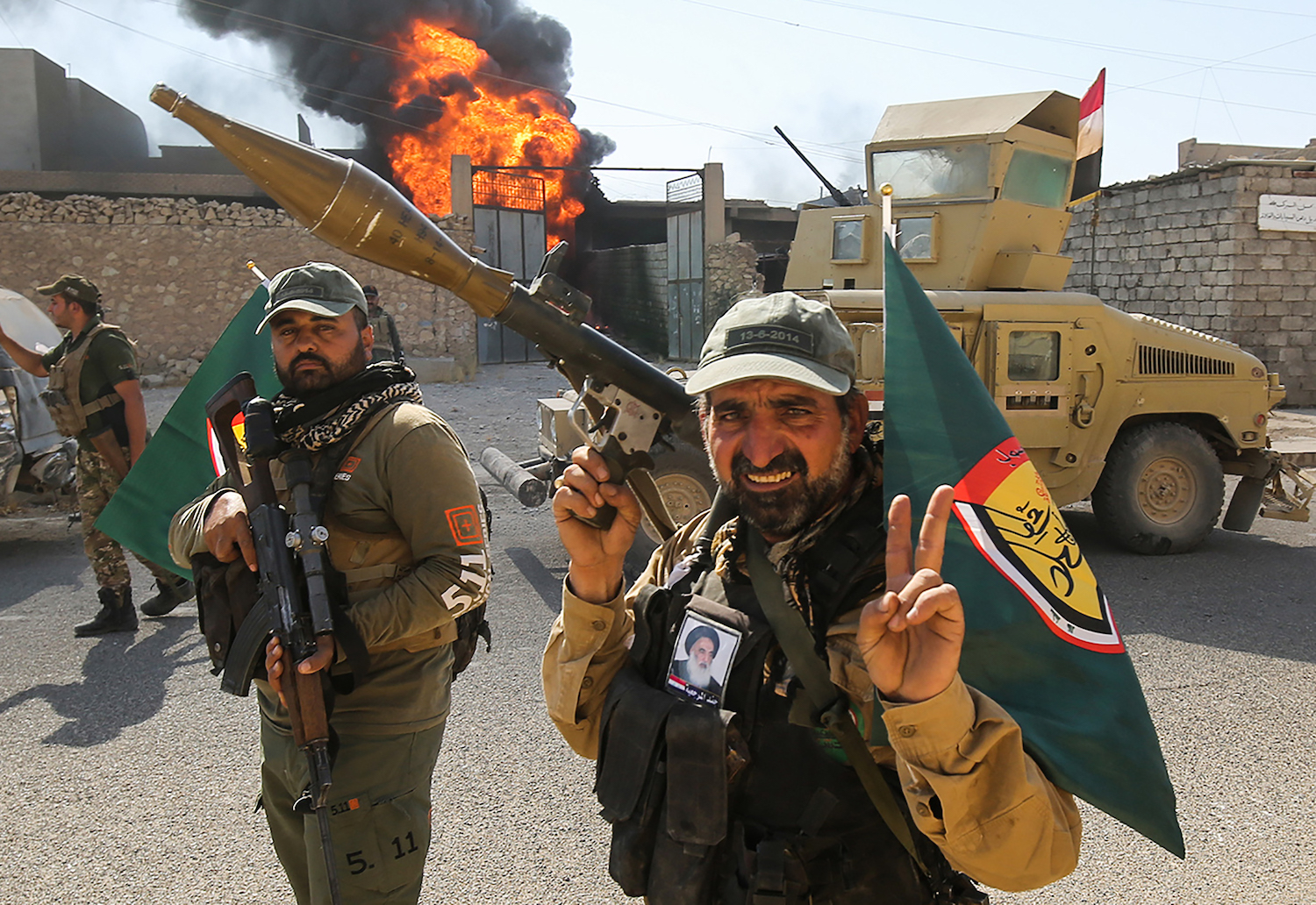
2014: Iran-backed Shia militias and the Iran Revolutionary Guard join the US-backed Iraqi government in its fight against the vicious Islamist outfit the ISIS whose armies begin to sweep across the region.

January 2016: Protesters set fire to the Saudi Embassy in Tehran after the kingdom executes a Saudi Shia cleric, Nimr al-Nimr.

2016: Europe lifts economic sanctions on Iran. President Rouhani visits various European countries.
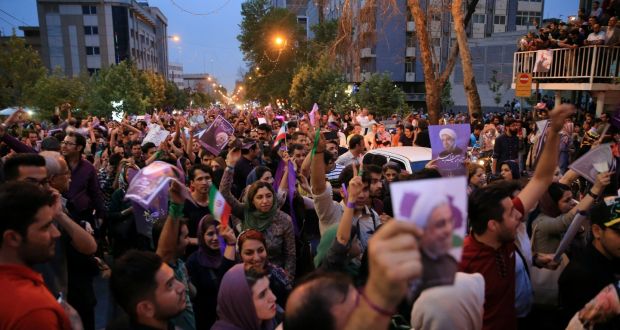
May 2017: Rouhani is reelected as president.
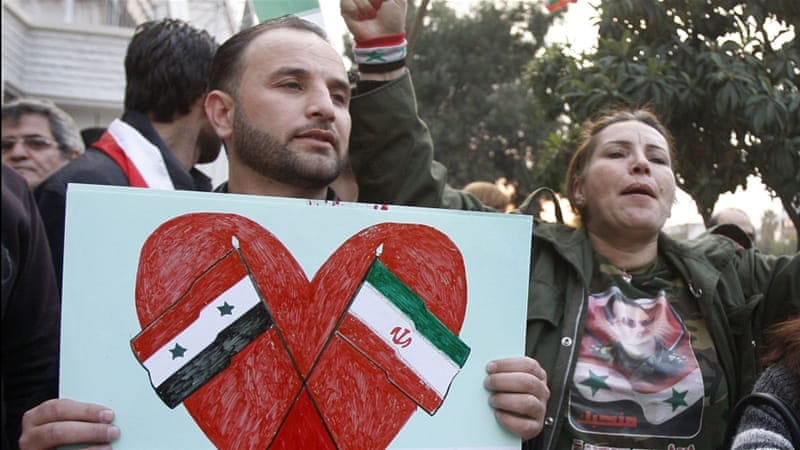
2017-18: Iranian Revolutionary Guard and Iran-backed militias are heavily involved in the Syrian Civil War fighting on the side of the Syrian regime against ISIS and US-backed rebels. US and Syrian forces with the help of Russia and Iran, defeat ISIS.
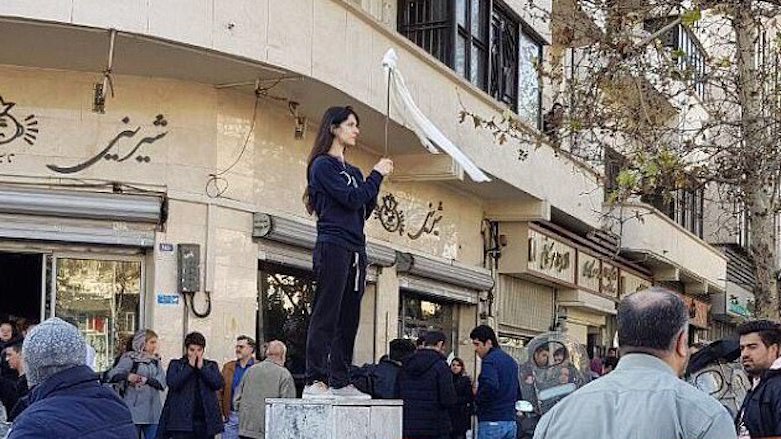
2018: Widespread rallies against enforced veiling sweep Tehran.
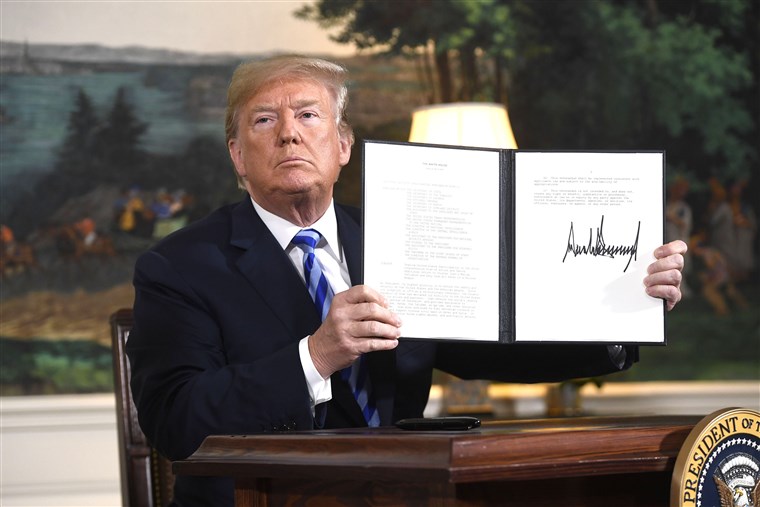
May 2018: Controversial US president, Donald Trump, withdraws America’s nuclear rollback deal with Iran that former US president Barak Obama had initiated in 2015. Iran says it will revive its nuclear program.
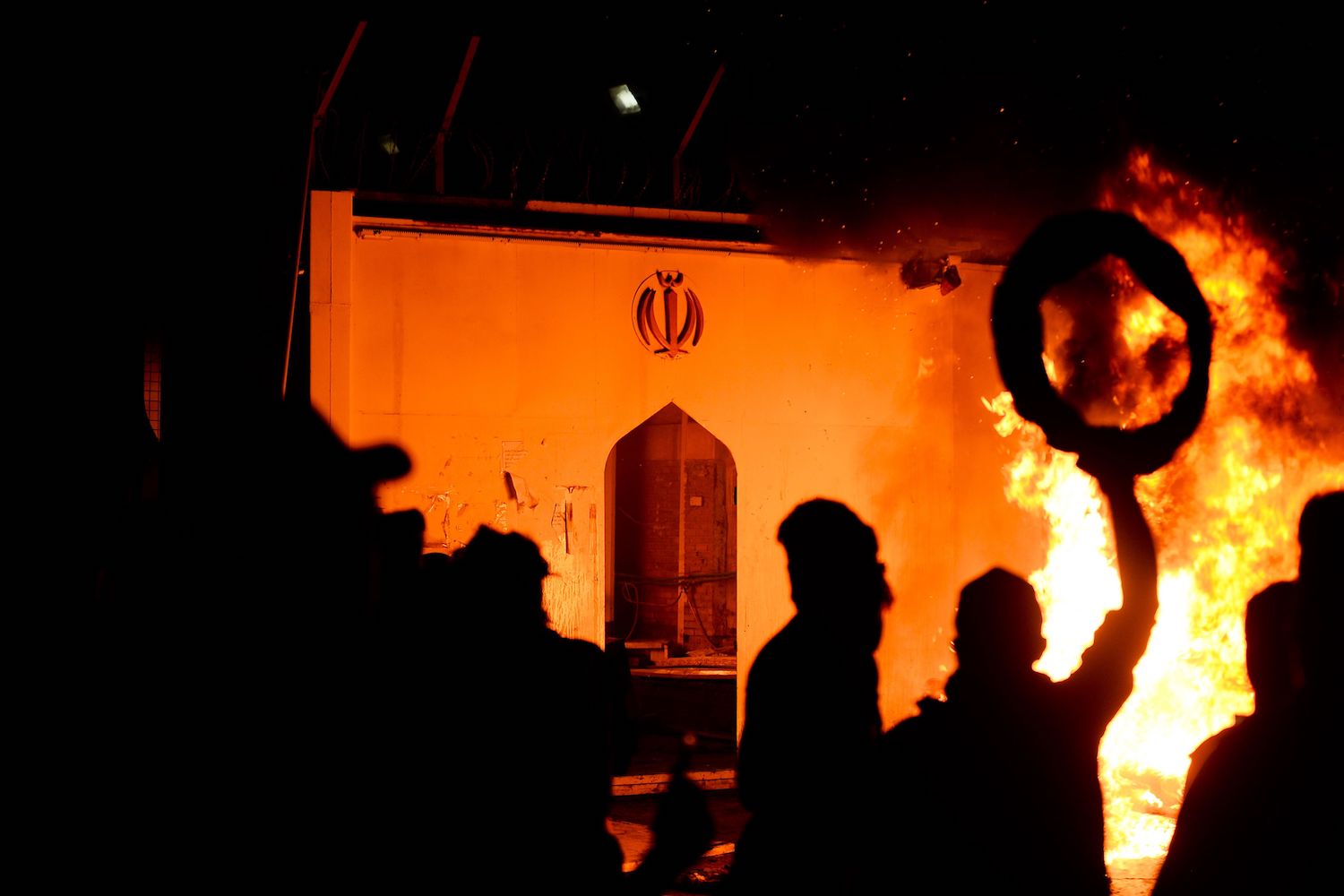
2019: Riots break out in Iraq against Iranian-backed government and militias. Similar riots also spread across Lebanon.

November 2019: Dozens are killed in anti-government riots in Iran.
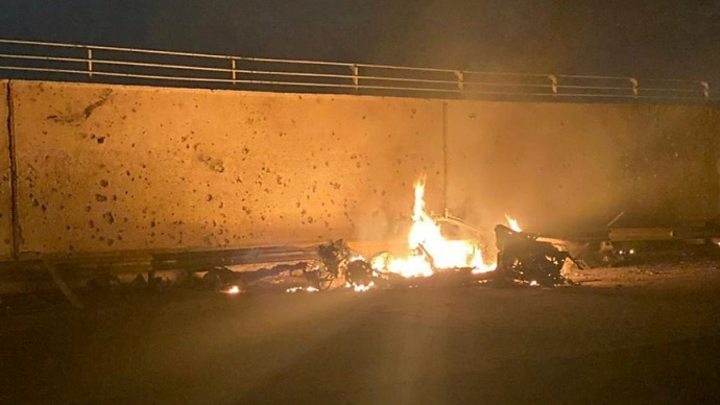
January 2020: A US missile attack kills the chief of the Iranian Revolutionary Guard, Qasem Soleimani. Soleimani had organized militias in Syria, Iraq and Lebanon. The Guard had also quelled the violent anti-government riots in Iran. He fought with US-backed forces against ISIS but was on the opposing side against anti-Asad forces in Syria.

January 1978: The first major protests against the Shah’s regime erupt in Iran. Tensions had been brewing between the state and various anti-Shah segments, especially in crowded urban centers. These segments included the clergy that was largely supported by merchants, shopkeepers and the ‘petty-bourgeoisie;’ liberal democrats; and Marxists.

September 1978: Soldiers gun down 88 protesters in Tehran.

January 1979: As anti-Shah protests intensify, the Shah leaves the country with his wife.

January 1979: On the day the Shah leaves the country, he appoints his former opponent, Shapour Bakhtiar as Prime Minister. Bakhtiar, a social-democrat, tries to curb the possibility of the communists and the clergy taking over the government. He dissolves the notorious Iranian intelligence agency, the SAVAK, releases political prisoners, and promises to form a democratic government of ‘national unity.’

January 1979: The Shah falls.

February 1979: Iran’s foremost religious leader and a staunch opponent of Shah’s pro-US and secular monarchy, Ayatollah Khomeini, returns to Iran from exile. He is greeted by thousands of supporters in Tehran. He rejects Bakhtiar’s regime and announces, ‘I shall kick their teeth in …’

February 1979: Armed Islamic and communist militants fight pro-Bakhtiar forces on the streets of Tehran.

February 11, 1979: The Bakhtiar regime collapses when protesters storm and take-over various state and government buildings.

February 1979: Khomeini appoints a liberal supporter of his, Mehdi Bazargan, as the new prime minister.

March 1979: As the clergy, democrats and communists sprint to fill the vacuum created by the Shah’s departure and the fall of the Bakhriar regime, the pro-Khomeini clergy forms the Islamic Republic Party.

March 1979: Fighting breaks out between pro-Khomeini Shia and leftist Sunni militias in Iran’s Kurd-majority region of Sanandaj. The Sunni Kurds were demanding autonomy.

November 1979: Pro-Khomeini students storm the US Embassy in Tehran and take dozens of American civilians and staff hostage.

November 1979: Mehdi Bazargan resigns as PM.

December 1979: Khomeini approves Iran’s new constitution that declares the country an Islamic Republic to be run on Sariah law. The document adopts a presidential form of government with Khomeini as vali-ye faqih (Guardian Jurist).

1979: Women belonging to secular and leftist groups that had taken part in the anti-Shah revolution hold widespread rallies against the forced wearing of the veil and the hijab.

January 1980: Abolhassan Banisadr, a moderate, wins the first presidential election of the new Islamic Republic. He receives 78.9% of the popular vote.

March 1980: Khomeini orders a purge against ‘counter-revolutionaries’ in universities and colleges.

April 7, 1980: US cuts all diplomatic relations with Iran.

April 1980: 150,000 people attend an anti-Khomeini rally in Teheran. The rally is organized by leftist groups.

July 27, 1980: The Shah dies in exile in Egypt.

September 1980: With Iran in turmoil, Iraq attacks Iran starting the Iran-Iraq War.

January 1981: After the US agrees to unfreeze Iranian assets worth $8 billion, Iran releases the 52 Americans that were taken hostage at the US Embassy in Tehran by Islamist students in November 1979.

April 1981: An anti-Khomeini rally at Tehran University organized by leftist groups is attacked by Khomeini supporters and members of Iranian Revolutionary Guard.

June 1981: President Abolhassan Banisadr turns against the clergy and asks people to topple Khomeini’s dictatorship. A few weeks later he is impeached by the parliament and dismissed by Khomeini. He escapes to France.

June 28, 1981: An explosion rips the headquarters of the pro-Khomeini Islamic Republic Party in Tehran. Over 80 people die. Khomeini accuses radical left-wing outfits.

July 1981: The pro-Khomani candidate, Mohammad-Ali Rajai is elected as Iran’s new president. Rajai had once been associated with a left-wing group, but in the late 1970s he changed course and became a staunch supporter of Khomeini.

August 1981: President Mohammad-Ali Rajai is killed when a bomb explodes in the Prime Minister Building. The PM too is killed. The government accuses the left-wing Peoples Mujahedeen outfit.

October 1981: Ali Khamenei (centre) is elected as Iran’s new president. He is the first cleric to become president.

July 1988: The war with Iraq ends. Even though Iran was able to win back much of the territory that it had lost to Iraq, the war bankrupted the country. 220,000 Iranians were killed in the war.

July 1988: An armed incursion to topple Khomeini by the left-wing Peoples Mujahedeen is beaten back by the Iranian Republican Guard.

August-December 1988: The Iranian regime executes 4,482 political prisoners to eliminate all opposition.

February 1989: Khomeini calls for the death of British author Salman Rushdie after accusing him of insulting Islam in his novel.

June 1989: Khomeini dies. His funeral is attended by thousands of people.

June-August 1989: Former president, Ali Khamenei (right) is made Iran’s new spiritual leader and Ali Akbar Hashemi-Rafsanjani is elected Iran’s new president.

In the 1990s, Khamenei and Rafsanjani took a more pragmatic approach to repair Iran’s economy and relations with other countries. Both also loosened some laws enacted during the Khomeini era.

OLYMPUS DIGITAL CAMERA
Iranian cinema began to flourish in the 1990s. To dodge the censors, Iranian filmmakers focused on realism and comedy. Iranian films won many fans among Europe’s art cinema enthusiasts.

May 1997: The moderate cleric and reformist Muhammad Khatami wins the presidential election by receiving 70% of the total vote.

July 1999: Students at Tehran University hold protest rallies against the ban of the reformist Persian newspaper, Salam. Over 1000 students are arrested.

February 2000: Pro-Khatami moderates and reformists win a majority in the Iranian parliament. In 2001 Khatami is re-elected as president.

2002: US President George W. Bush describes Iraq, Iran and North Korea as ‘axis of evil.’ He accuses Iran of funding terrorism in the Middle East through ‘proxies’ such as Hezbollah and Hamas.

September 2002: Despite US protests, Russians begin to construct Iran’s first nuclear reactor.

June 2003: Thousands of pro-Khatami students hold rallies against the religious establishment of Iran. Khatami was being pressurized by the establishment to roll back his reforms.

October 2003: Former judge and democracy activist Shirin Ebadi becomes Iran’s first Nobel Prize winner. She had risen to become Iran’s first woman judge in 1975 but was asked to relinquish the post after the 1979 revolution. She continued to live in Iran till 2009 after which she went into exile.

2004: After criticizing Khatami’s reforms, Iran’s religious and political establishment disqualify dozens of reformist and pro-Khatami candidates from contesting the 2004 legislative elections. Pro-establishment candidates manage to dislodge the reformists in the new parliament.

2005: Backed by Iran’s powerful religious establishment, the hardline conservative, Mahmoud Ahmadinejad wins the 2005 presidential election. He comes from a conservative working-class background and criticizes former president Khatami of trying to erode the ‘achievements’ of Iran’s Islamic revolution.

2007: US announces new economic sanctions against Iran. Asks UN to halt Iran’s uranium enrichment program.

June 2009: Violent protests break out after Ahmadinejad is declared the winner of the 2009 presidential election. Reformists and supporters of his opponent Mir Hossein Mousavi allege that the election was rigged. 30 people are killed. Hundreds are arrested.

July 2009: To appease the protesters and soften his hardline image, President Ahmadinejad inducts women ministers in his cabinet. This is the first time women are made part of a government in Iran after the 1979 revolution.

2012: European Union imposes a ban on the import of Iranian oil products. It asks Iran to halt its nuclear program.

October 2012: Iranian currency plummets. Loses 80% of its value.

2013: The reformist cleric, Hassan Rouhani wins the 2013 presidential elections. Promises economic and social reforms.

2014: Iran-backed Shia militias and the Iran Revolutionary Guard join the US-backed Iraqi government in its fight against the vicious Islamist outfit the ISIS whose armies begin to sweep across the region.

January 2016: Protesters set fire to the Saudi Embassy in Tehran after the kingdom executes a Saudi Shia cleric, Nimr al-Nimr.

2016: Europe lifts economic sanctions on Iran. President Rouhani visits various European countries.

May 2017: Rouhani is reelected as president.

2017-18: Iranian Revolutionary Guard and Iran-backed militias are heavily involved in the Syrian Civil War fighting on the side of the Syrian regime against ISIS and US-backed rebels. US and Syrian forces with the help of Russia and Iran, defeat ISIS.

2018: Widespread rallies against enforced veiling sweep Tehran.

May 2018: Controversial US president, Donald Trump, withdraws America’s nuclear rollback deal with Iran that former US president Barak Obama had initiated in 2015. Iran says it will revive its nuclear program.

2019: Riots break out in Iraq against Iranian-backed government and militias. Similar riots also spread across Lebanon.

November 2019: Dozens are killed in anti-government riots in Iran.

January 2020: A US missile attack kills the chief of the Iranian Revolutionary Guard, Qasem Soleimani. Soleimani had organized militias in Syria, Iraq and Lebanon. The Guard had also quelled the violent anti-government riots in Iran. He fought with US-backed forces against ISIS but was on the opposing side against anti-Asad forces in Syria.
